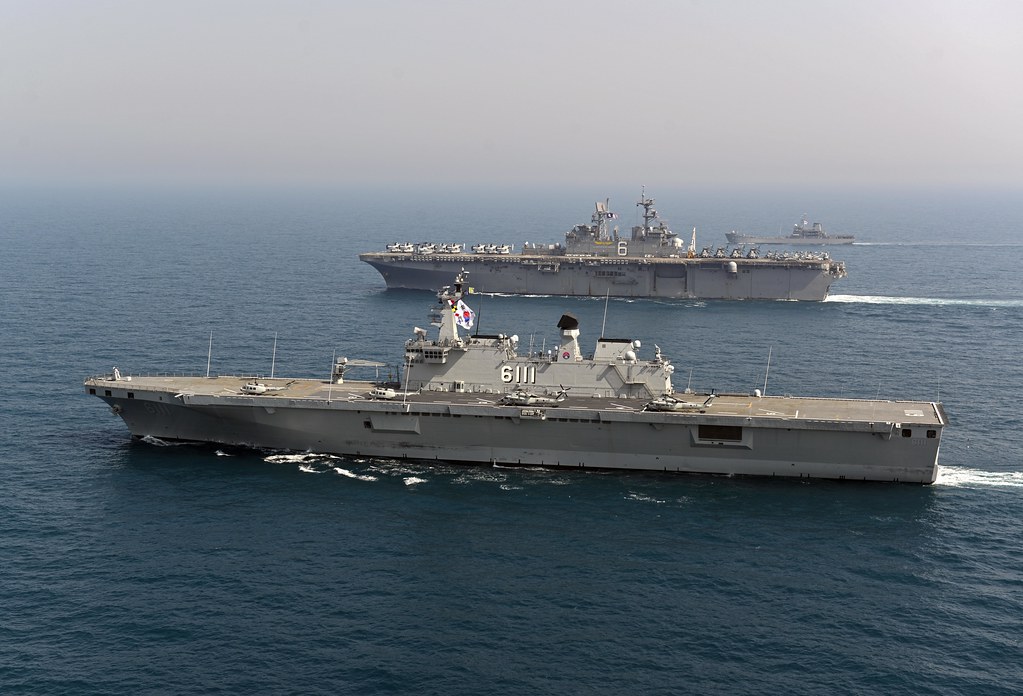Author: Gregory Poling, CSIS
Recent months have seen a steady progression of China’s long-term strategy in the South China Sea, which can be loosely divided into two parts. Beijing is building up its maritime surveillance forces in the area and strengthening effective control of the features it occupies. At the same time, Chinese vessels are venturing far afield with greater frequency to assert Beijing’s claims to the entire area encompassed by the ‘nine-dash line’, and to provoke missteps by fellow claimants.
Authorities in China’s Hainan Province made waves last November by issuing regulations to implement a 2004 national fisheries law. One regulation requires foreign fishing vessels to receive prior approval before entering waters administered by Hainan, which include all of China’s claims in the South China Sea. This set off alarm bells in Southeast Asia and beyond.
The regulations are a worrying attempt to enforce China’s heavy-handed control over disputed waters, but they do not signal a new strategy. The contentious article in the Hainan fishing regulations repeats almost word for word the language of the 2004 national fisheries law that it implements. The timing of the regulation’s release, in the same month that Beijing declared its Air Defence Identification Zone (ADIZ) in the East China Sea, sparked understandable fears that China was adopting a more hardline approach to maritime disputes.


























